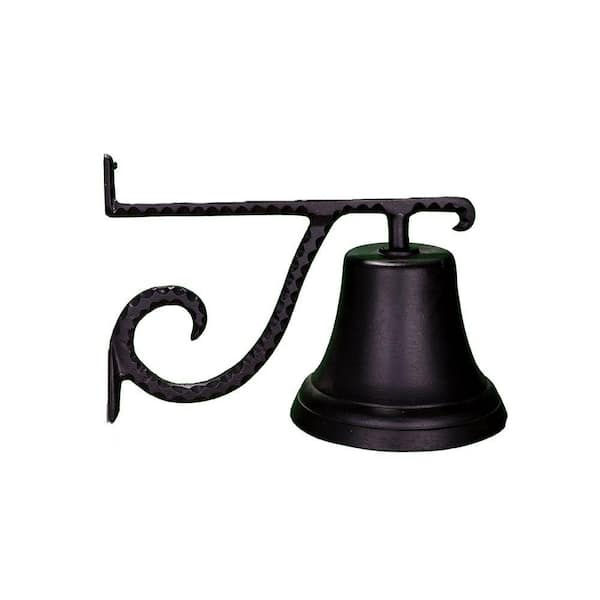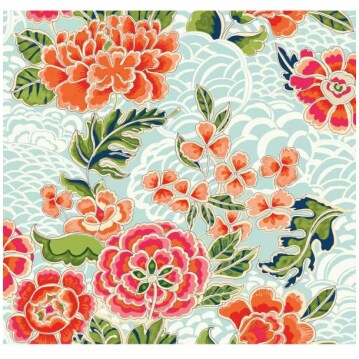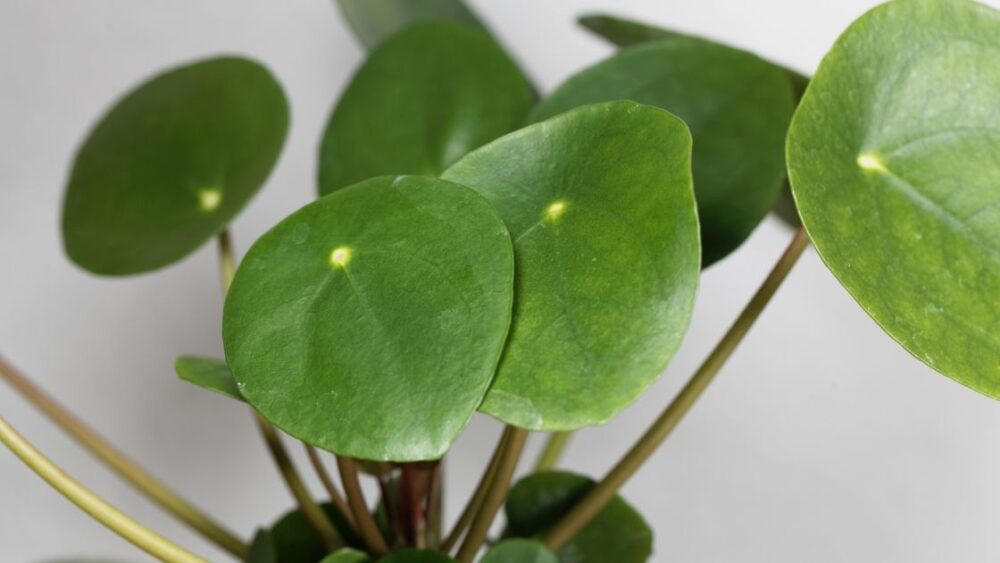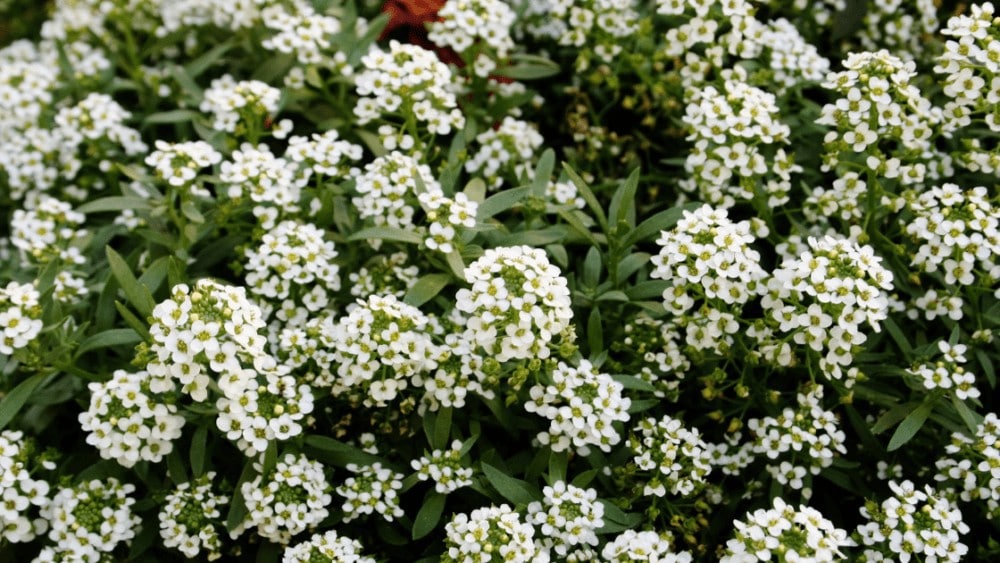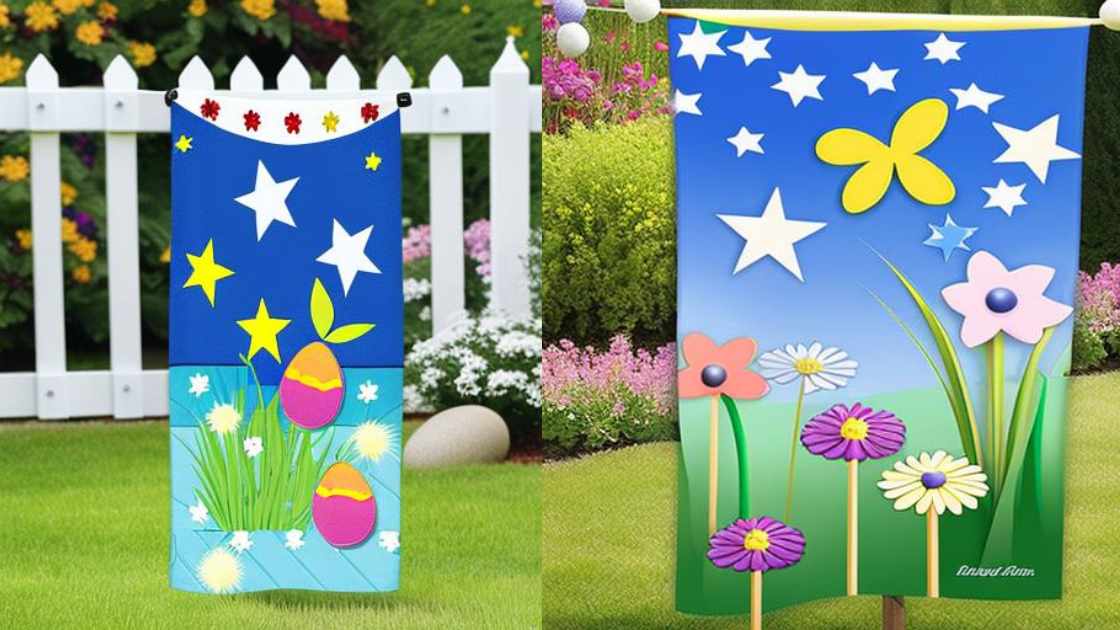
Burro’s tail (Sedum morganianum) is a very popular flowering succulent – it grows very well indoors, as well as outdoors and doesn’t require much care. It is a hanging, vertically-growing plant – in its natural habitat, it usually grows on vertical rock formations out of cracks that accumulate soil and organic matter. Because of that, the succulent is usually planted in hanging pot containers, which well simulate its natural environment.
Although burro’s tail has very low nutrient and water requirements, it does require a suitable, well-draining soil and good lighting.
If the plant is forced to grow in unfavorable conditions that don’t simulate its natural environment well, it can start displaying various symptoms, including shriveling and wrinkling. In the following paragraphs, we’ll explore the optimal growing conditions of Burro’s tail, the factors can cause it to start shriveling or dying and what to do if that happens!
Browse our Affiliate Products
What Can Cause Burro’s Tail to Start Shriveling, Wrinkling or Dying?
Shriveling and wrinkling are obviously signs of dehydration. However, this doesn’t necessarily mean that the plant needs to be watered more.
In fact, quite the opposite – more often than not, shriveling is caused by excess watering, which suffocates the roots. This may seems counter intuitive, but it all starts to make sense when you consider how plants transport water from their roots to their foliage. Let’s take a closer look at the mechanism behind excess water leading to leaf dehydration:
To find a wide variety of succulents, Check out our affiliates below.
How Can Over-Watering Lead to Shriveling ?
The transportation of water from the roots to the leaves is an active process that requires energy. Plants don’t passively absorb water from the soil like a sponge – they need to expend energy in order to power tiny cellular pumps in their roots.
This energy comes from photosynthesis, which manufactures and stores sugars. Those sugars are then metabolized by the plant with the help of atmospheric oxygen. The roots have the highest oxygen demand, because they are responsible for pumping water upwards towards the foliage of the plant. When you over-water and drown the soil, the roots can no longer ‘breathe’ and can’t manufacture enough energy for transporting water.
As a result, the plant starts wilting. Most people assume that wilting is a result of not enough water and they start watering the plant even more, further worsening the problem. Eventually, suffocated parts of the root start dying and rotting, eventually killing the whole plant.
Although this phenomenon can occur in all plants, certain species are much more prone to root suffocation as a result of over-watering. Most succulents are used to very infrequent watering and a very ‘airy’ soil.
If you plant them in a poorly-draining, compacted soil, the roots will quickly start rotting and dying. Because succulents preserve water very well, it can take a long time for the body of the succulent to start showing signs of dehydration – by the time you notice the wrinkling, the roots may already be damaged beyond saving.
Burro’s tail is not an exception – potting this plant in a poorly draining soil or watering more than about once a month can eventually lead to root suffocation and shriveling.
For more information about soils, check out our article by clicking on the link. Outdoorgardenaccessories.com/what are the best potting soils for every type of plant/
What Other Common Problems May Cause Shriveling In Burro’s Tail?
In the previous section, we discussed over-watering and how it can paradoxically lead to signs of dehydration – wilting, shriveling and wrinkling.
Although over-watering is the most common cause of those symptoms, there are a few other options that are worth exploring. Let’s take a quick look at them:
Insufficient light
If not given enough light, the plant can’t photosynthesize properly, leading to a deficiency in vital sugars. This can lead to problems with the active water transport system and lead to mysterious wilting and shriveling, even if the watering frequency is optimal and the soil is well-draining.
To read more about lighting, we also have an article that describes different lighting and how it affects plants and succulents. Check it out by clicking on the link. Outdoorgardenaccessories.com/how-to-properly-light-a-terrarium-artificial-vs-natural-lighting/
Improper orientation/growth environment
Burro’s tail is used to growing vertically with it’s stems falling downwards – this makes it easy for the plant to transport water by using gravity. If forced to grow upwards, the plant may be unable to supply enough water to its foliage, leading to wrinkling of the leaves. This problem can be solved easily, by repotting the plant in a suitable, hanging pot.
Poorly draining soil
Compacted soil can quickly lead to too much water retention, poor oxygen availability and subsequent root rot, manifesting itself as wilting and shriveling. In its natural habitat, Burro’s tail is used to growing out of cracks in vertical rocks, which provides a well-aerated environment for the roots
Optimal Growing Conditions For Avoiding Shriveling And Wrinkling
Wilting and shriveling can be avoided by providing the plant with good growing conditions which well mimic its natural environment. Just like most succulents, burro’s tail isn’t a demanding plant – as long as you provide it with plenty of light and a good soil, it only needs to be watered about once per month.
Let’s take a closer look at the individual growth requirements which are important for this succulent:
Sunlight
Because burro’s tail grows on vertical rock formations, it doesn’t usually receive full sunlight all day and the rocks provide some shading. Unlike most succulents, this one likes a partial shade or a complete shade. However, it still needs plenty of indirect light to photosynthesize properly.
When placed in full sun, it may start shriveling because the roots can’t deal with the water demand of the foliage. In insufficient light, the leaves of the plant start to lose their colors and become pale, almost translucent. Burro’s tail grows well indoors when placed very close near a bright window that receives indirect sunlight.
Temperature
Burro’s tail is native to central America and is not a desert succulent – it grows best at moderate temperatures of around 70F(21C). This makes it perfect for growing indoors. It’s best to provide the plant with a winter rest period by lowering the ambient temperatures to around 50F (10 & 20C) during the winter.
This is not easy to do and is not an absolute requirement – the plant can survive fine without a dormancy period.
Soil
Burro’s tail grows well in most cactus potting mixes. It has similar requirements to most other succulents and is a species that is very well adapted to poor soils that aren’t rich in nitrogen.
Providing proper drainage is a must and as we already explained, shriveling is often a symptom of a poorly-draining, waterlogged soil.
Watering
Just like most succulents, infrequent but thorough watering works best. The optimal watering frequency depends on the ambient temperatures, the size of the pot and the light levels, but is usually once per month.
Don’t be afraid to water the plant thoroughly, but make sure that the soil dries well before you water again.
Potting Containers
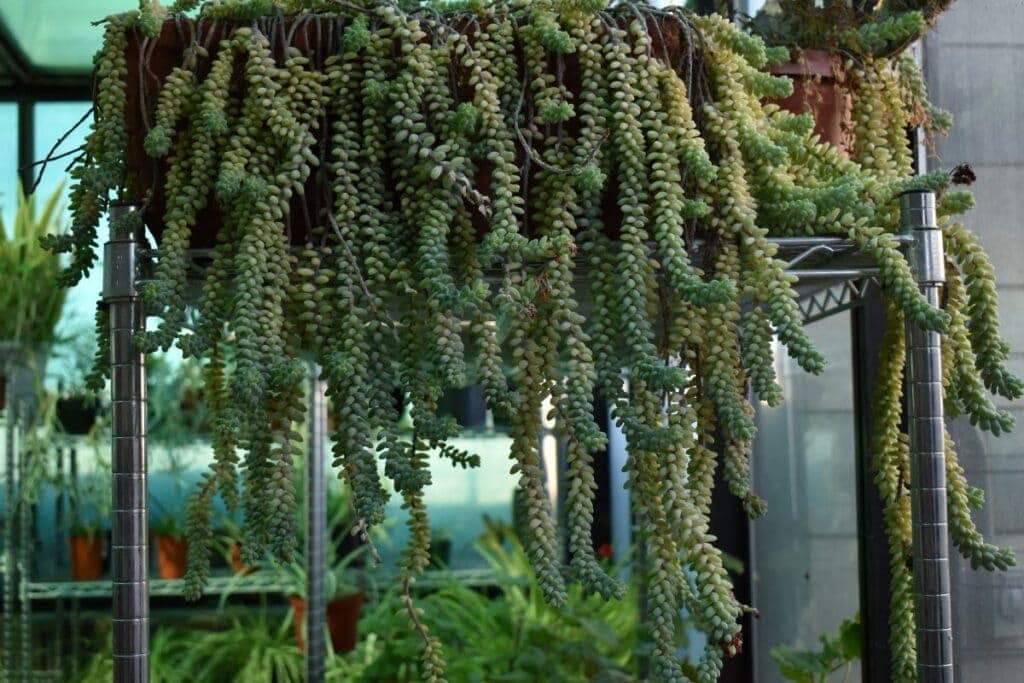
Burro’s tail can be grown in tiny pots as a small windowsill succulent, or it can be grown to full size by planting it in a hanging pot container. The unique way in which the plant starts pouring out of the container allows for a lot of creativity – tall stone planters are a common option and the plant can be combined with other succulents in small terrariums.
To read more about the different pots and how to choose click here. Outdoorgardenaccessories.com/what-is-the-perfect-pot-for-my-plants/
Growing Indoors vs. Outdoors
Because the plant thrives in relatively low temperatures of around 70F, it is very suitable for planting outdoors in tall stone planters or pots hanging from tree branches.
It’s important to provide the succulent with some light shading and not give it direct sunlight, especially if you live in a hot, dry area. This can be easily accomplished by rotating the container so that the falling branches of the plant are in the shade created by the pot.
This YouTude video describes a lot of what is talked about here as shown below. check it out.
What To Do If Your Burro’s Tail Plant Is Dying – Can You Save It?
Burro’s tail can usually recover if you start meeting its growth requirements outlined above. If the plant has been planted in a compacted soil or has been severely over-watered, the roots may have started to rot.
In this case, the plant can benefit from some cutting back, which will help the roots recover and be able to supply enough water to the foliage. Burro’s tail is very easily propagated even from a single leaf, so don’t throw away the cut branches.
A dying plant can also be completely sacrificed and its leaves rooted in separate containers, effectively ‘re-starting’ the succulent.
As always, if worse comes to worse, you can always purchase more and apply the lessons learned to make them thrive. Amazon provides some excellent Burro’s Tails as shown below.
How Can You Compensate For Unfavorable Growing Conditions?
It can be difficult to compensate for lack of sunlight when the plant is growing indoors – it will not flower well and will grow very slowly.
The leaves will lose their attractive coloring and the plant may even start dying. The problem can be easily corrected by moving the pot closer to the window or placing it outdoors during the summer.
Can You Combine Burro’s Tail With Other Succulents In The Same Potting Container?
Because Burro’s tail puts out multiple shoots out of its roots, over time it can start overshadowing other succulents growing in the same container.
It’s best to designate a separate pot for this succulent, but it can certainly be combined with other plants, if you keep it small and cut it back frequently. It can be a great addition to transparent glass terrariums, where it can be left to grow out and fall over one side of the container, creating a nice visual effect.
When combining Burro’s tail with other plants, keep in mind its lower light requirements and its dislike of high temperatures and direct sunlight.
Do All Varieties of Burro’s Tail Have The Same Growth Requirements?
There are two common varieties of burro’s tail and they both have very similar requirements. Not only are the growth requirements of the different varieties pretty much the same, but the plant also has similar requirements to most other succulent.
The only difference is that it likes some shading and doesn’t grow well in direct sunlight.
The two most common varieties of burro’s tail are the ‘Baby Donkey Tail’ and the ‘Giant Burro’s Tail’. Their names are pretty descriptive – the baby variety usually grows much smaller and is suitable for small potting containers, while the giant variety is more suitable for outdoor gardens and large hanging pots.
Final Thoughts
Burro’s tail is an easy to grow succulent that is very easy to propagate even from a single leaf. It has very similar growth requirements to most other succulents, with the exception of disliking constant direct sunlight and thriving in relatively low temperatures of around 70F.
If the plant starts displaying symptoms of shriveling, wrinkling or wilting, this is usually caused by over-watering, root rot or insufficient light. If the plant has developed severe root rot and is dying, your best bet is to reduce the watering frequency while cutting it back and allowing the roots to recover.


